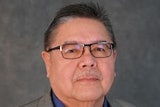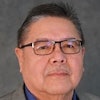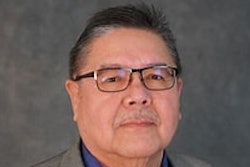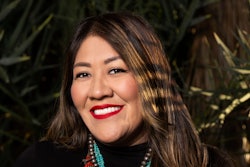Culturak References to Math
Dr. Jim Barta, a professor in the Elementary Education Department at Utah State University whose emphasis is ethnomathematics, especially as it relates to American Indians, cites the concept of infinity as one of his favorite examples of ethnomathematics. While he was conducting research among the Seminole Indians of Florida, he asked a tribe member about the native word for infinity and was told there was no such word. Then he rephrased the question.
“I said, ‘It’s going to be really dark here tonight and the sky will be filled with tons of stars. How would the Seminoles name that many stars?’ The response was, ‘Sadly, you’ll die before you could count them all.’ That was their concept of infinity. They had the concept; how they dscribed it was different.”
It is difficult not to find cultural references to math, according to Barta. He teaches elementary school teachers that math applies to all fields and all cultures.
For example, American Indian
beadwork and Pow Wows provide a
foundation for teaching math in that culture. The Jewish dreidel game illustrates probability. In Japanese culture, origami is a helpful way to teach the principles of geometry.
Citing the work of Australian researcher Alan Bishop, Barta notes that there are six mathematical things that all people do: counting, designing, locating, measuring, explaining and playing.
“I feel really impassioned towards math because it permeates everything,” he says.
© Copyright 2005 by DiverseEducation.com















